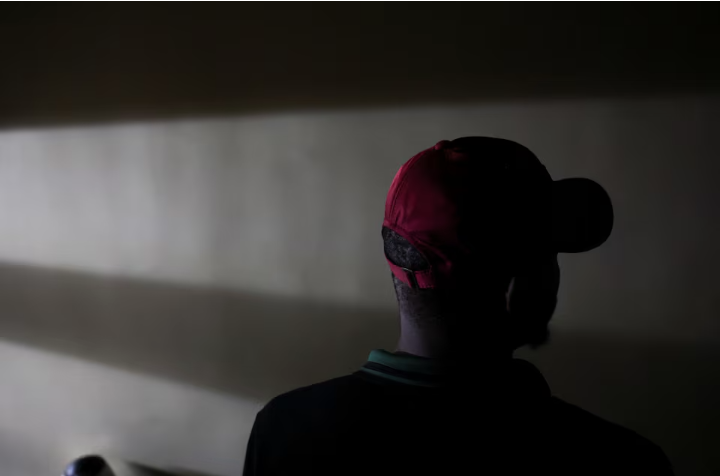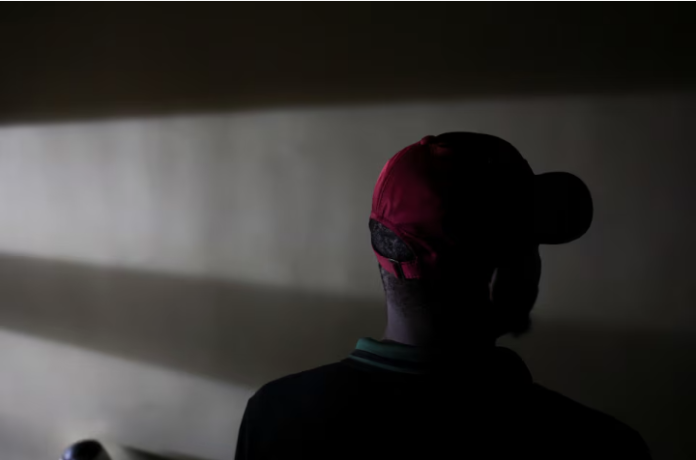When Emmanuel Cherem, a 25-year-old Nigerian, tested positive for HIV, it wasn’t just a personal crisis—it was a symptom of a larger catastrophe. For years, Cherem relied on PrEP (Pre-Exposure Prophylaxis), a U.S.-funded daily pill that reduces the risk of contracting HIV by 99%. But when the Trump administration slashed global health aid, access to PrEP was suddenly restricted—especially for high-risk groups like gay men, sex workers, and injecting drug users.
“I blame myself, but I also blame the Trump administration,” Cherem said. “These drugs were saving lives, and they just disappeared without warning.”
The cuts were part of President Trump’s broader initiative to reduce foreign aid spending. In January, he paused international funding, halting grants through USAID—the primary distributor of PrEP and other HIV prevention tools under the President’s Emergency Plan for AIDS Relief (PEPFAR). Since then, Africa’s HIV prevention efforts have been thrown into turmoil.
PEPFAR has been the cornerstone of the global fight against HIV/AIDS, especially in sub-Saharan Africa, which accounted for 62% of AIDS-related deaths in 2023. Thanks to the program, PrEP usage skyrocketed from under 700 initiations in 2016 to over 6 million by 2024. But in 2025, this progress is reversing fast.
According to UNAIDS and healthcare workers across Africa, PrEP and other essential supplies like condoms and lubricants have become scarce. Vulnerable groups—already battling stigma—are being hit hardest. In Nigeria, where HIV prevalence among gay men stands at a staggering 25%, access to free PrEP is now limited to pregnant and lactating women.
Four Nigerian men who used to take PrEP daily have tested positive for HIV since January. “I just wish Trump would reverse his policy,” said Echezona, a 30-year-old who was recently diagnosed. “This decision is hurting real people.”
Some African governments, such as South Africa, continue to fund their own PrEP programs. But even there, clinics that served key populations are shutting down due to lost U.S. funding. And while public health centers technically offer PrEP, fear of discrimination keeps many people away.
Experts are raising alarms. Linda-Gail Bekker, an HIV specialist at the University of Cape Town, warned: “It’s like taking your eyes off a smouldering bushfire—eventually, it reignites.” Francois Venter, director at Ezintsha research center, noted that PrEP distribution in Johannesburg has stagnated since the U.S. cuts.

A February waiver from the U.S. State Department allowed some PEPFAR activities to resume, but only for mother-to-child HIV prevention. All other support is under review. Critics argue this limited scope ignores those most vulnerable to infection.
Trump’s justification is clear: he believes other nations must step up. “Africa must bear more responsibility,” said Russell Vought, head of the U.S. Office of Management and Budget. But for the millions who depended on American aid, this rhetoric comes at a devastating cost.
If left unaddressed, UNAIDS warns, the withdrawal of HIV prevention services could result in 2,300 additional infections per day. That’s a grim reversal from over a decade of progress.
As the virus spreads and clinics close, one thing is certain: the fight against HIV in Africa is far from over—and now faces one of its toughest setbacks in years.



